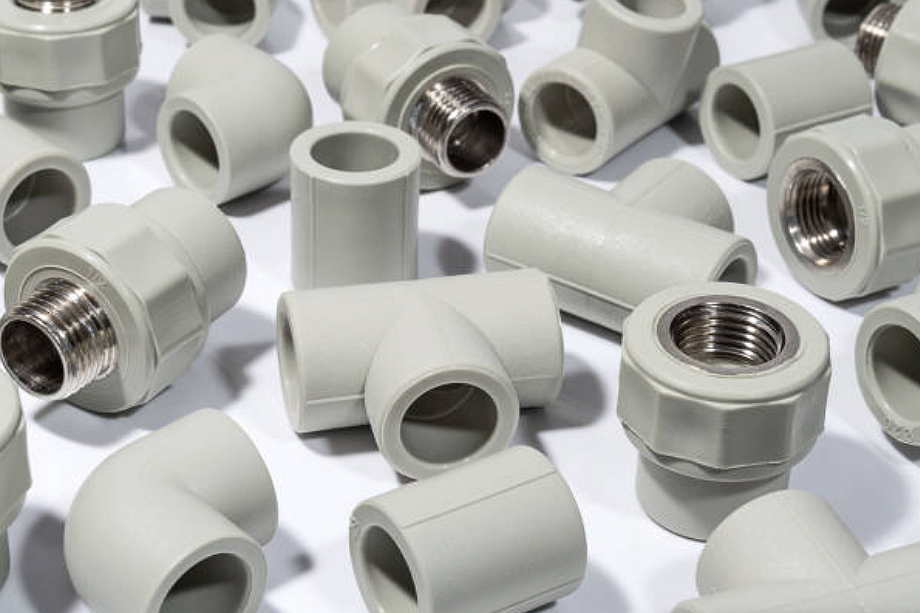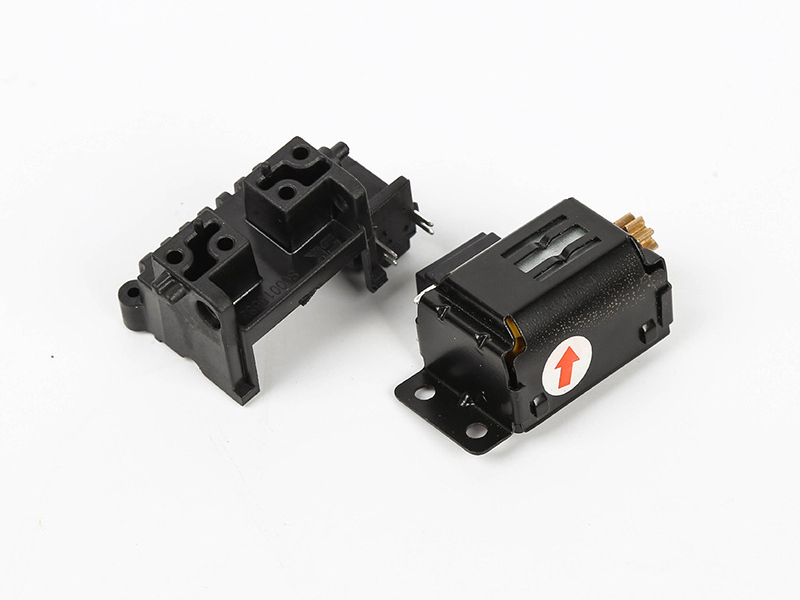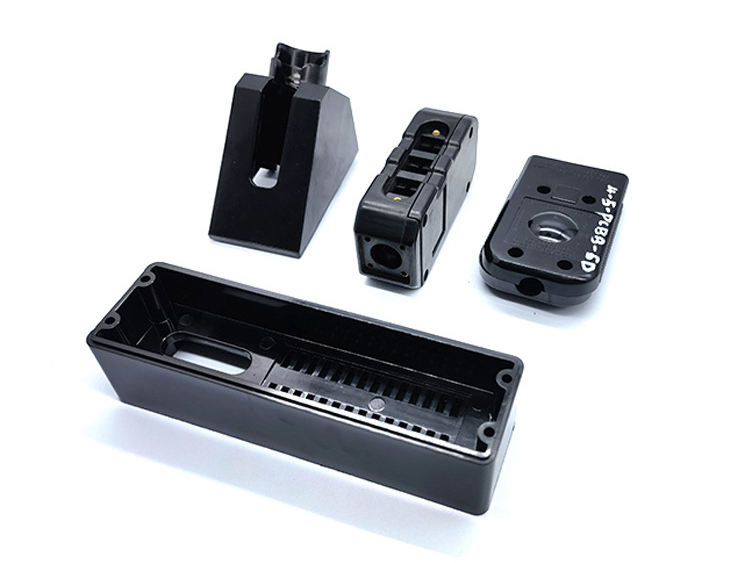How does insert molding improve the reliability of components?
Integrated Structure for Superior Strength
Insert molding enhances component reliability by combining metal or ceramic inserts with molded plastic in a single, unified structure. This process eliminates weak points caused by assembly or fasteners, reducing stress concentration and improving load distribution. By encapsulating inserts such as threaded bushings, pins, or terminals, manufacturers achieve robust mechanical interlocks that outperform traditional joining methods. The result is a stable, vibration-resistant component with extended service life.
Enhanced Bonding and Dimensional Stability
Through precise control of temperature, injection speed, and cooling cycles, insert molding forms a strong molecular bond between the insert and polymer matrix. High-performance materials such as Nylon (PA), PBT, or PEEK deliver exceptional adhesion and dimensional stability. The result is a consistent part geometry even under thermal cycling or mechanical stress—critical for components used in automotive and E-Mobility systems.
Reduced Assembly Failures
Since insert molding combines multiple functions into a single part, it eliminates secondary fastening operations, such as screws or adhesives. This not only lowers the risk of assembly errors but also prevents loosening or misalignment over time. Compared to traditional joining methods, insert molding ensures a repeatable and automated production process that guarantees high consistency across large volumes—an essential factor in custom parts manufacturing.
Improved Environmental and Chemical Resistance
Reliability also depends on how components endure harsh environments. Insert-molded parts are sealed tightly around inserts, preventing the ingress of moisture, dust, or chemicals. Using appropriate coatings, such as PVD, anodizing, or passivation, further enhances corrosion resistance, ensuring long-term reliability in sectors like medical devices and telecommunications.
Optimized for Precision Applications
Insert molding aligns well with high-precision requirements, especially where dimensional accuracy and surface finish are vital. Molds designed through CNC machining prototyping guarantee tight tolerances and smooth transitions between plastic and insert surfaces. This precision minimizes wear, ensures electrical continuity for conductive parts, and maintains mechanical performance over extended operational cycles.



